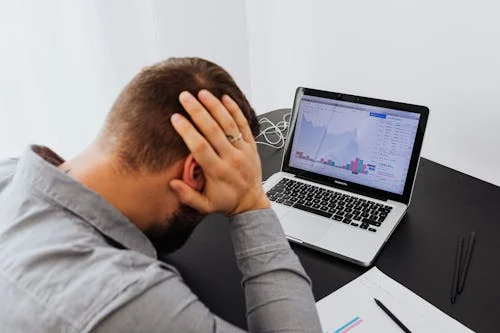Why You Need an Emergency Fund
Before diving into the strategies, it’s important to understand the significance of an emergency fund. Here are some key reasons why you need one:
- Financial Stability: An emergency fund provides a cushion against unexpected expenses, preventing debt accumulation.
- Peace of Mind: Knowing you have savings set aside can reduce stress and anxiety.
- Opportunity Preservation: It allows you to take advantage of opportunities without financial strain.
How to Calculate Your Emergency Fund
The general rule of thumb is to save 3 to 6 months’ worth of living expenses. However, this can vary based on individual circumstances.
Factors to Consider:
- Income Stability: If you have a stable job, 3 months may suffice. For freelance or variable income, aim for 6 months or more.
- Dependents: More dependents may require a larger fund.
- High-Expense Areas: If you live in an area with high medical or housing costs, you may need a larger fund.
Where to Keep Your Emergency Fund
Your emergency fund should be easily accessible but separate from your everyday spending money. Consider these options:
- High-Yield Savings Account: Offers better interest rates than traditional accounts.
- Money Market Account: Combines savings with limited check writing and debit card access.
- Short-Term CDs: Provide slightly higher rates but with less liquidity.
Building Your Emergency Fund
Starting an emergency fund can seem daunting, but with a plan, it’s achievable. Here are actionable steps:
- Start Small: Even $500 can cover minor emergencies.
- Automate Savings: Set up automatic transfers from your checking account.
- Use Windfalls: Allocate tax refunds or bonuses to your fund.
- Adjust as Needed: As your income or expenses change, reassess your fund size.
Maintaining and Adjusting Your Emergency Fund
Once established, your emergency fund needs regular maintenance.
- Review Annually: Check if your fund aligns with your current expenses and income.
- Replenish When Used: If you use part of the fund, prioritize replenishing it.
- Consider Inflation: Adjust for inflation to maintain purchasing power.
Common Mistakes to Avoid
Avoid these pitfalls when managing your emergency fund:
- Not Keeping it Separate: Ensure it’s in a dedicated account to avoid accidental spending.
- Overfunding: Avoid putting too much in low-yield accounts—consider other investments for long-term goals.
- Underfunding: Don’t stop at the minimum; aim for your target amount.
Emergency Fund vs. Rainy-Day Fund: What’s the Difference?
While often used interchangeably, there’s a distinction:
- Emergency Fund: For major, unexpected expenses like medical emergencies or car repairs.
- Rainy-Day Fund: For smaller, more frequent expenses like minor car issues or home repairs.
Additional Emergency Fund Strategies
Consider these advanced strategies to enhance your financial preparedness:
- Layered Emergency Fund: Keep a small amount in cash and the rest in easily accessible accounts.
- Insurance Review: Ensure your insurance coverage aligns with your emergency fund needs.
- Alternative Funding Sources: Consider a home equity line of credit as a last resort.
Conclusion
An emergency fund is a vital component of financial health, offering security and peace of mind. By understanding the strategies and maintaining discipline, you can build a robust financial safety net. Start today and ensure your financial stability tomorrow.

